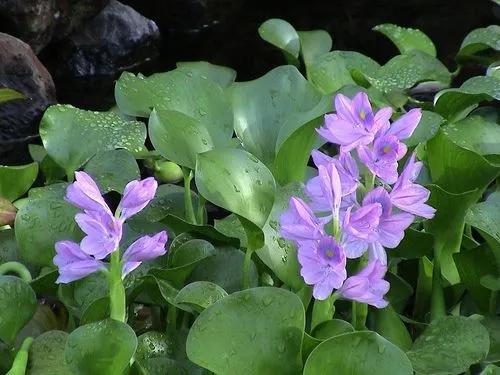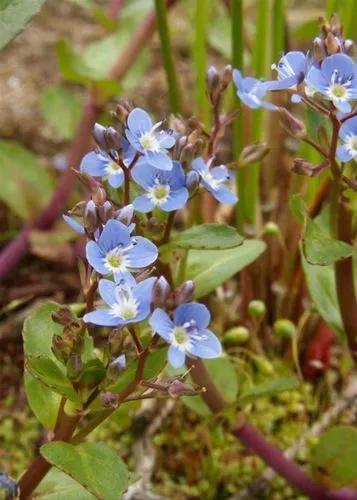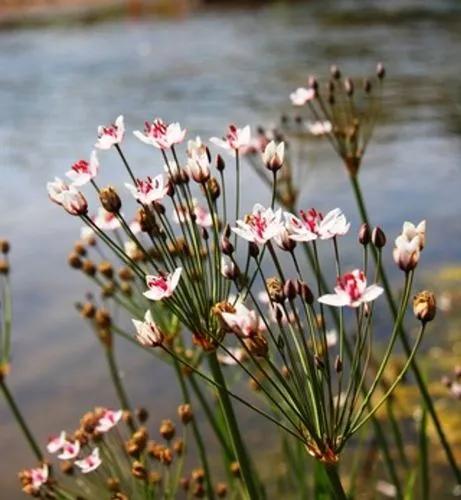Hippuris vulgaris (from Greek: ἵππος — horse and οὐρά — tail), known as mare's-tail[1] or common mare's-tail, is a common aquatic plant of Eurasia and North America ranging from Greenland to the Tibetan Plateau to Arizona. It prefers non-acidic waters.They are aquatic plants found in shallow ponds and streams, both slow-moving and fast-flowing. This flowering plant is sometimes mistakenly identified as the non-flowering horsetail.
Mare'S-Tail Care
Hippuris vulgaris



The common mare's tail is a creeping, perennial herb, found in shallow waters and mud flats. It roots underwater, but most of its leaves are above the water surface. The leaves occur in whorls of 6-12; those above water are 0.5 to 2.5 cm long and up to 3 mm wide, whereas those under water are thinner and limper, and longer than those above water, especially in deeper streams. The stems are solid and unbranched but often curve, and can be up to 60 cm long. In shallow water they project 20–30 cm out of the water. It grows from stout rhizomes. The flowers are inconspicuous, and not all plants produce them. Studies of H. vulgaris in the Tibetan Plateau have shown that it is a prolific methane emitter. H. vulgaris's roots extend into the anoxic zone of wetland soils and create a conduit for methane produced in the anoxic zone to travel to the atmosphere.Hippuris vulgaris - perennial growth up to 0.5 m (1 ft 8 in). Blooms from June to July. This species is hermaphrodite (has both male and female organs) and is pollinated by the wind.
Suitable for light (sandy), medium (loamy) and heavy (clay) soils. Suitable pH: acidic, neutral and basic (alkaline) soils. Cannot grow in the shade. Prefers moist soil and can grow in water.
This plant is useful.
How to get rid of:
The main way to get rid of weeds is mechanical. It is not so much about weeding after planting as about removing old roots.
It is better to dig it in two stages - to raise the earth in large layers before winter, and to dig it up more finely in the spring, breaking clods. At this stage, it is worth sorting out the soil literally by hand, removing the remaining roots of the weeds.
How to Care for the Plant

Popularity

74 people already have this plant 6 people have added this plant to their wishlists
Discover more plants with the list below
Popular articles






